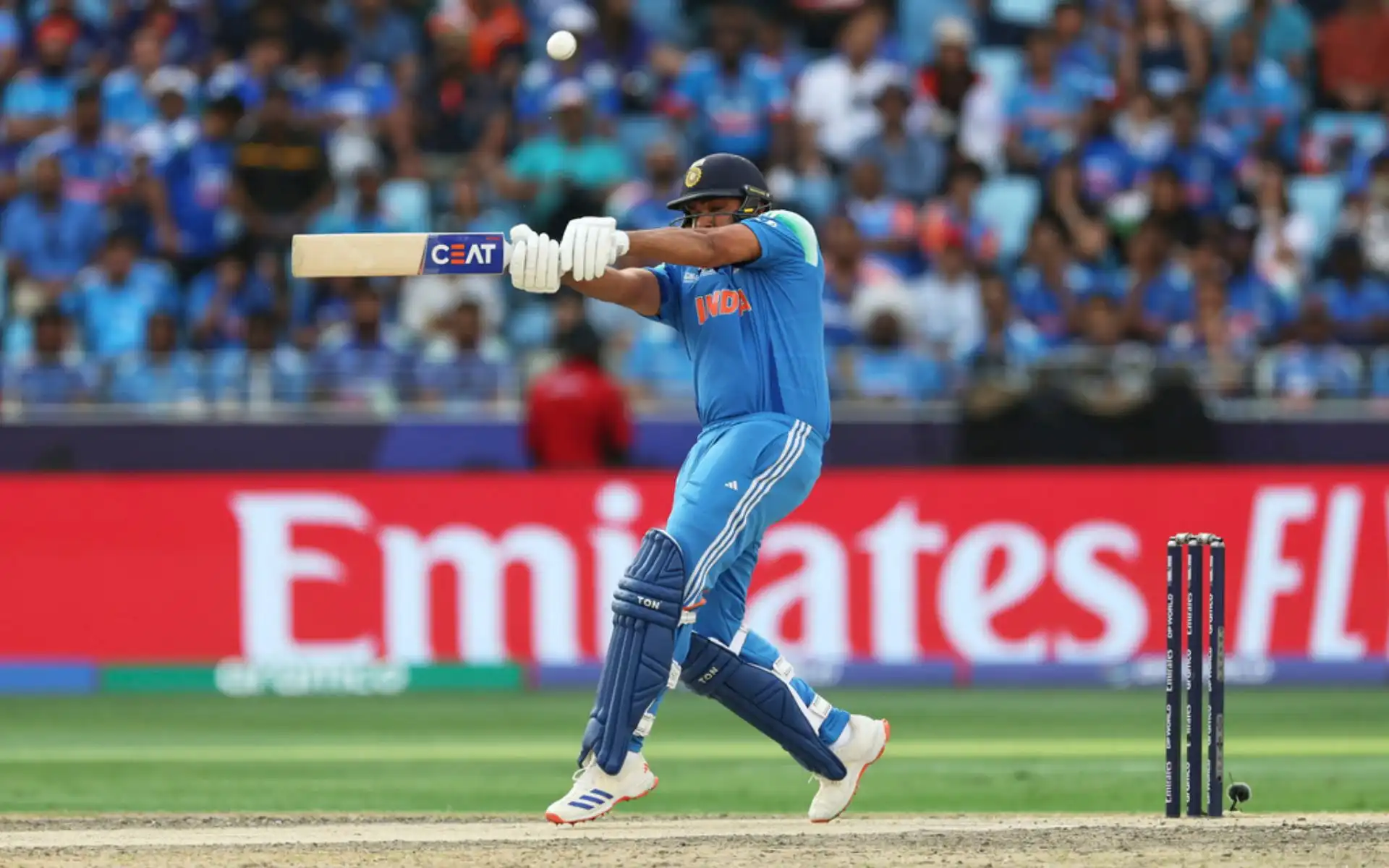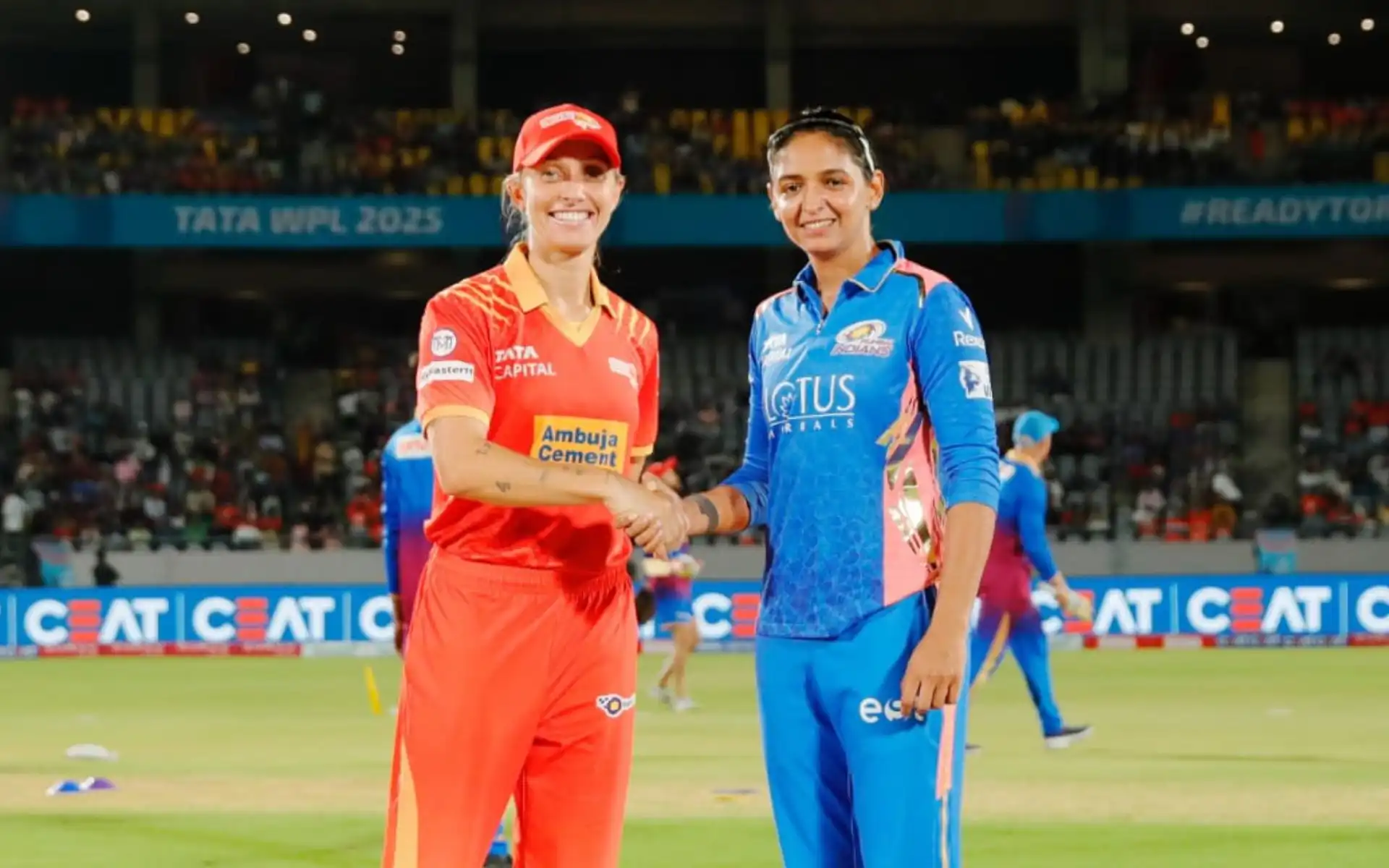![Kuldeep Yadav celebrates a wicket. [Source: @BCCI/X]](https://onecricketnews.akamaized.net/parth-editor/oc-dashboard/news-images-prod/1741530811011_Rohit_Sharma_Bowling_Changes.jpg?type=hq) Kuldeep Yadav celebrates a wicket. [Source: @BCCI/X]
Kuldeep Yadav celebrates a wicket. [Source: @BCCI/X]
On a day when Indian pacers leaked runs at a pitch where spinners were always expected to dictate terms, Kuldeep Yadav and Varun Chakravarthy picking a couple of wickets each was the chief reason why New Zealand were reduced to 251/7 in 50 overs. That the two were introduced by captain Rohit Sharma at the right time will remain an unnoticed coup de maître.
On paper, Sharma’s contribution in the first innings of ICC Champions Trophy 2025 final remains that of a lone catch in the 46th over. However, if you dig beyond the scorecard, his tactical genius is responsible for New Zealand scoring 182/6 in the second and third powerplays.
Rohit Sharma’s Immaculate Bowling Changes Aid India
Having made his way to a stroke-filled start, just when New Zealand all-rounder Rachin Ravindra looked to emulate his heroics from the semi-final, Sharma’s immaculate bowling changes put curbs around him.
With pacer Mohammed Shami, all-rounder Hardik Pandya and Chakravarthy leaking runs in spite of the spinner picking a wicket in the first powerplay, Sharma was proactive enough to introduce spinner Kuldeep Yadav into the attack in the first over of the second powerplay.
Yadav, in return, was proficient enough to send Ravindra back to the pavilion with his first delivery. If the same wasn’t enough, the left-arm spinner, in the middle of a mediocre tournament until today, picked the all-important wicket of former New Zealand captain Kane Williamson in his second over. Having lost both their centurions from the last match, the Black Caps were left covering for the loss for most part of the remaining overs.
Sharma’s proactiveness, briefly assisted by former captain Virat Kohli, also allowed him to introduce all-rounder Axar Patel into the attack in the 12th over. With a wicket-taker in Chakravarthy fulfilling his captain’s demand, Patel was called upon to do the holding job with four fielders outside the 30-yard circle. Not that Chakravarthy couldn’t do the holding job but Sharma had kept him for providing more breakthroughs.
After Yadav and Patel conceded just 26 runs between their eight overs, the Indian skipper removed both of them from the attack for Chakravarthy and veteran all-rounder Ravindra Jadeja. In doing so, Sharma ensured one attacking spinner and another one capable of going through his overs in no time to not hand the batters any chance to counterattack.
The Juggling Act Continued...
Another set of eight overs resulted in New Zealand scoring 21/1 before Sharma aimed to juggle his spinners by bringing Yadav back into the attack. With Glenn Phillips hitting a six and a four off Yadav, Sharma operated with Jadeja and Patel in tandem to impose limits on run-scoring opportunities.
However, just when a partnership was starting to prosper between Daryl Mitchell and Phillips, Sharma made a bowling change after yet another eight-over set. As a result, bringing Chakravarthy back only for him to dismiss Phillips.
What these bowling changes did was leave Sharma with the option of bowling both Chakravarthy and Yadav in the third powerplay. What the same did was give away only 21 runs between their five death overs. Furthermore, what the same did was neutralize the damage done by Shami and Pandya joining hands to leak 58 runs in their five death overs.
On a day when Indian pacers’ economy rate of 8.66 was concerning, spinners’ 3.78 not only provided respite but also allowed them to make the most of conditions at the Dubai International Cricket Stadium. Sharma, who was at the centre of all of this, qualifies to be accredited for executing it in a high-pressure final.
![[Watch] Rohit Sharma Furious At Hardik Pandya As Rachin Punishes MI Captain For A Huge Six](https://onecricketnews.akamaized.net/parth-editor/oc-dashboard/news-images-prod/1741512901666_Rohit_Sharma_Abuses (1).jpg)





